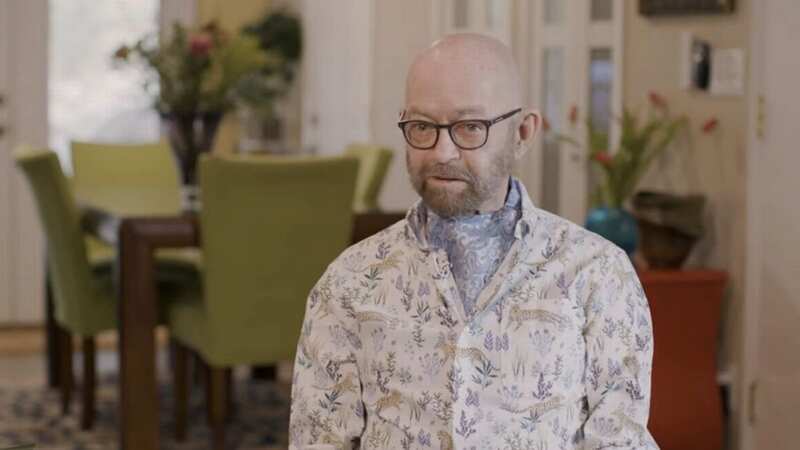

A man who says he was cured of HIV and leukaemia following pioneering stem cell treatment has spoken out.
Paul Edmonds was first given the devastating news he had AIDs back at the epidemic's height in 1988. The 67-year-old has now lived with the condition for three decades and was subsequently diagnosed with myelodysplastic syndrome in 2018, which developed into acute myeloid leukamia (AML).
Paul, from Desert Hot Springs, California, had abandoned hope he'd ever live free of the disease. His later diagnoses were common in older people with AIDS due to weakened immune systems. But now he has revealed he's been in remission for for five years after groundbreaking stem cell transplant treatment at a centre in California. Paul was initially referred to only as the 'City of Hope' patient in 2022 after it was revealed he'd undergone the treatment at the cancer clinic.
He said: “A big reason I want to tell my story is to bring some hope for people with HIV. And I want to remember all those we lost.” Paul had been undergoing antiretroviral therapy - which suppresses the virus - since 1997. However, while shrinking in presence, HIV cannot be cured by the treatment as its DNA lingers within the white blood cells.
Jana K. Dickter, associate clinical professor with City of Hope’s division of infectious diseases, said people with HIV were also at increased risk of cancer, as with Paul's case. "The idea that you can treat their malignancy and their HIV at the same time is pretty amazing," she said.
 Warning as popular food and drink ‘increase risk of cancer death by up to 30%’
Warning as popular food and drink ‘increase risk of cancer death by up to 30%’
Paul was forced to undergo three gruelling rounds of chemotherapy before the treatment to drive away the cancer. He then was given the transplant from a donor who carried a rare genetic mutation named homozygous CCR5 delta 32, which makes carriers immune from most HIV strains.
 Scientists trawled thousands of bone marrow donors to find a match for Paul (City of Hope / YouTube)
Scientists trawled thousands of bone marrow donors to find a match for Paul (City of Hope / YouTube)Stem cells - which are special cells found in human bone marrow able to mutate into different types of human cell - are transferred from that donor into a person with HIV. Only 2% of the population are thought to carry the mutation, with Paul describing it as like 'winning the lottery'.
The search was carried out by dedicated scientists at the City of Hope donor department, who trawled through millions of donors from the Be The Match bone marrow registry. Only two possibles matches were able to be identified, with one agreeing for their marrow to be used.
Paul has shown no signs of leukaemia since the treatment. He said the transplant “was a breeze,” adding: “I started feeling pretty good almost immediately and just continued to feel really good. I'm very thankful for that wonderful person who donated those stem cells. I can’t thank him enough for what he did. He saved my life.”
 Paul was initially diagnosed with AIDS in 1988 (City of Hope / YouTube)
Paul was initially diagnosed with AIDS in 1988 (City of Hope / YouTube)After the transplant in February 2019, doctors continued to monitor Paul and planned to wean him off the antiretroviral therapies by March 2020. But as the Covid-19 pandemic hit, this was delayed by another year. Monitoring of Paul's HIV levels continued to detect no signs of the virus. Dr Dickter said: “We did even further testing to see if we could find the virus hiding in the reservoir while he was off his antiretroviral medications, and again, everything came back effectively negative."
Paul has now been off HIV medication for three years, with doctors delighted at his progress. In a letter published to the New England Journal of Medicine, doctors wrote: "At the time of this follow-up, the patient had been free of HIV-1 infection for 35 months after the discontinuation of antiretroviral therapy.
"This case has shown that older patients who are undergoing reduced-intensity conditioning HCT for the treatment of cancer may be cured of HIV-1 infection." Dr Dickter added: “It’s incredible to think that when I was a fellow so many years ago, the idea of having someone effectively cured of their HIV seemed almost impossible, or something that I would never see or experience firsthand. We've come such a long way. We now have so many tools for people with HIV that are effective and well-tolerated."